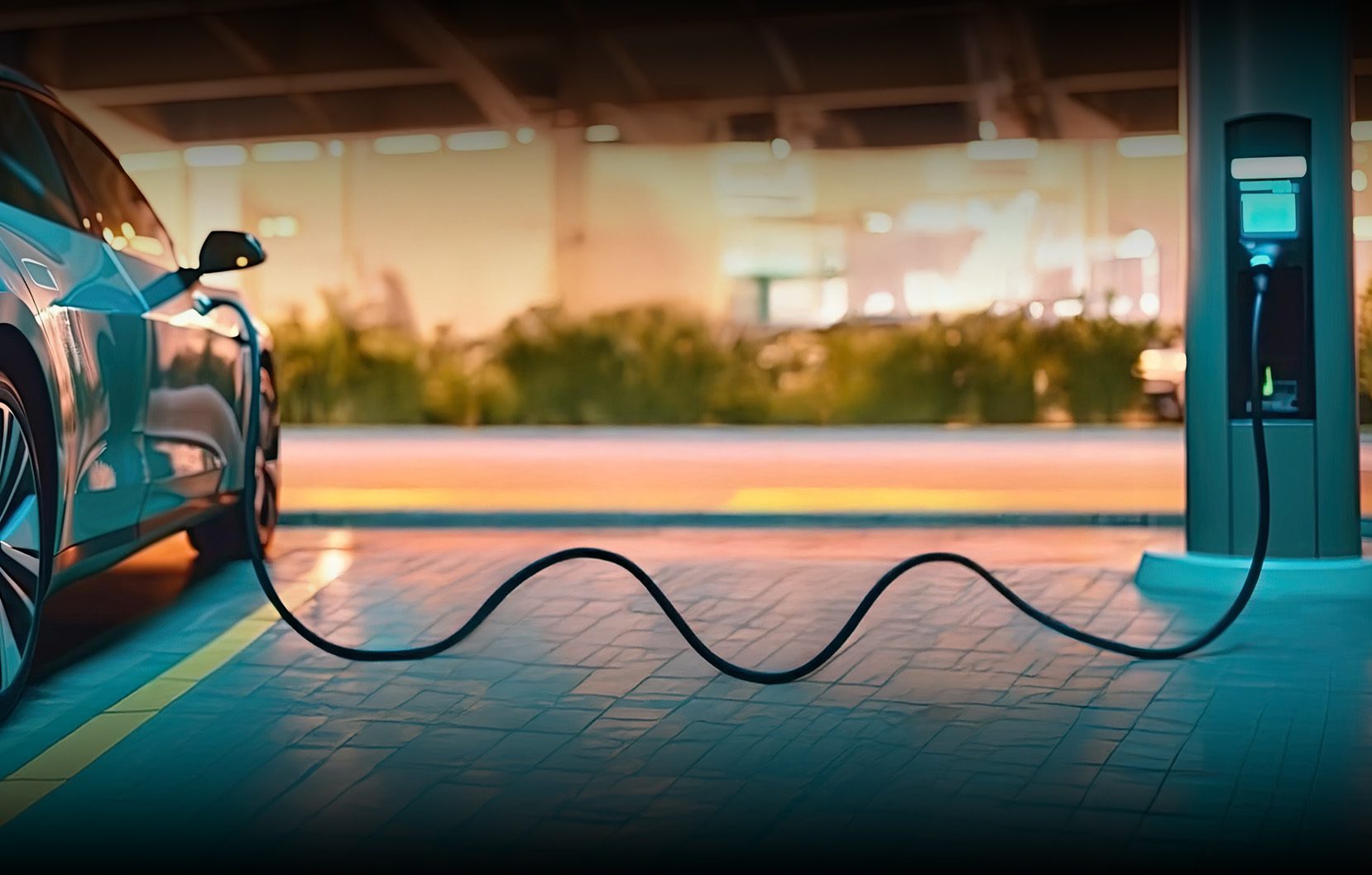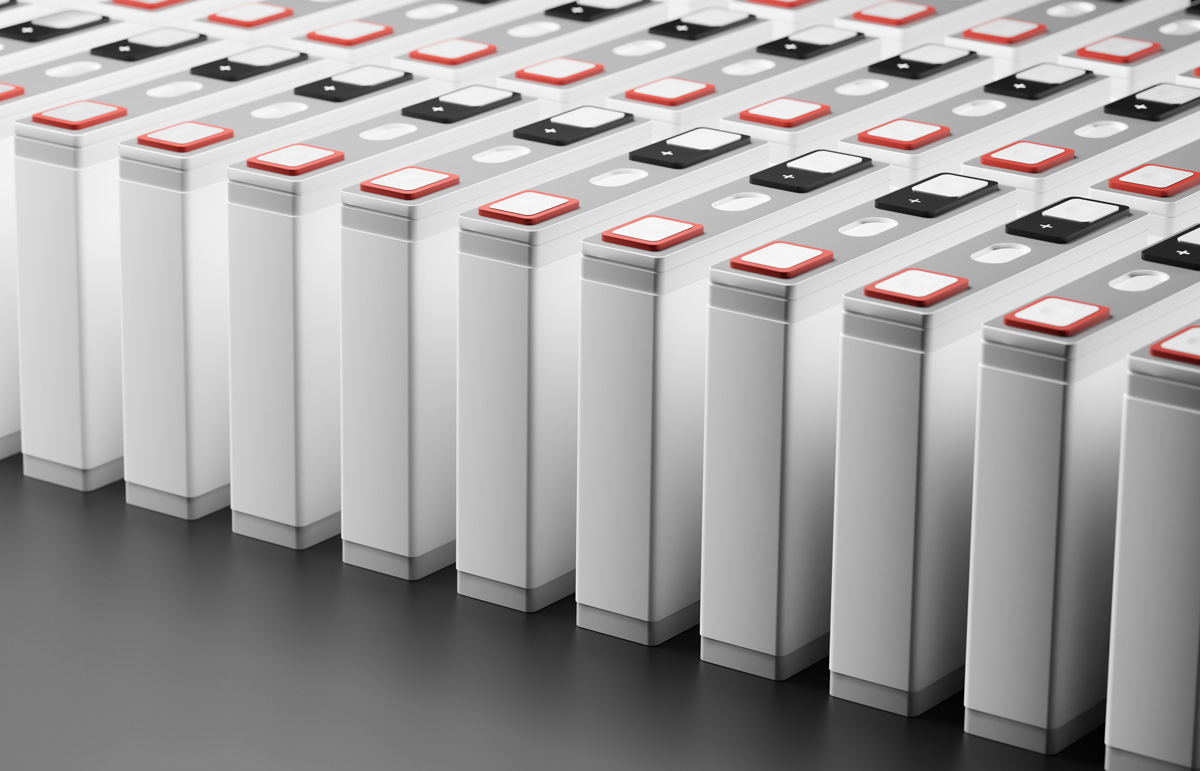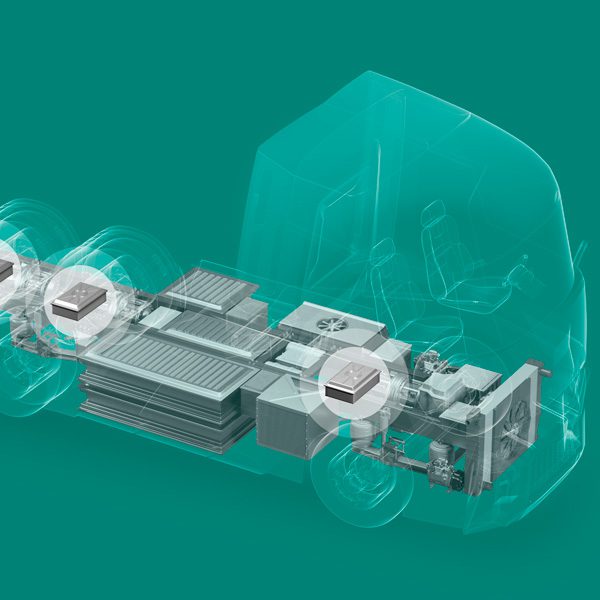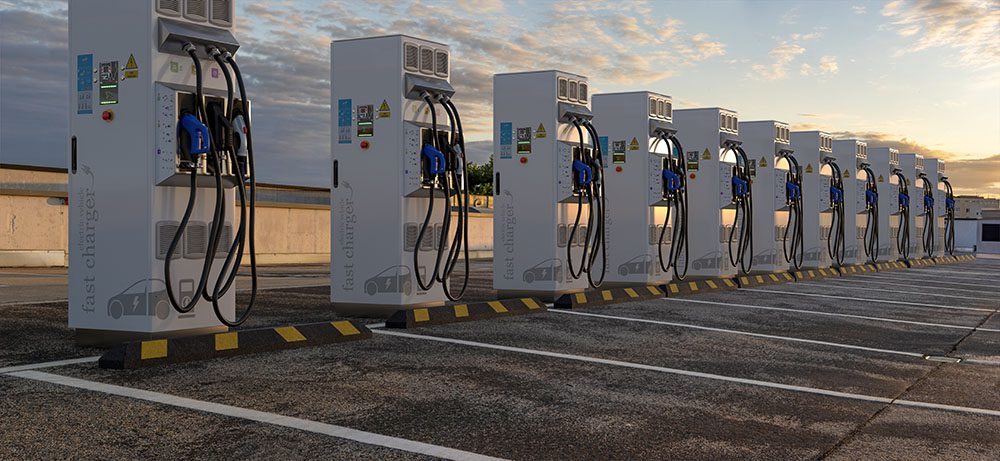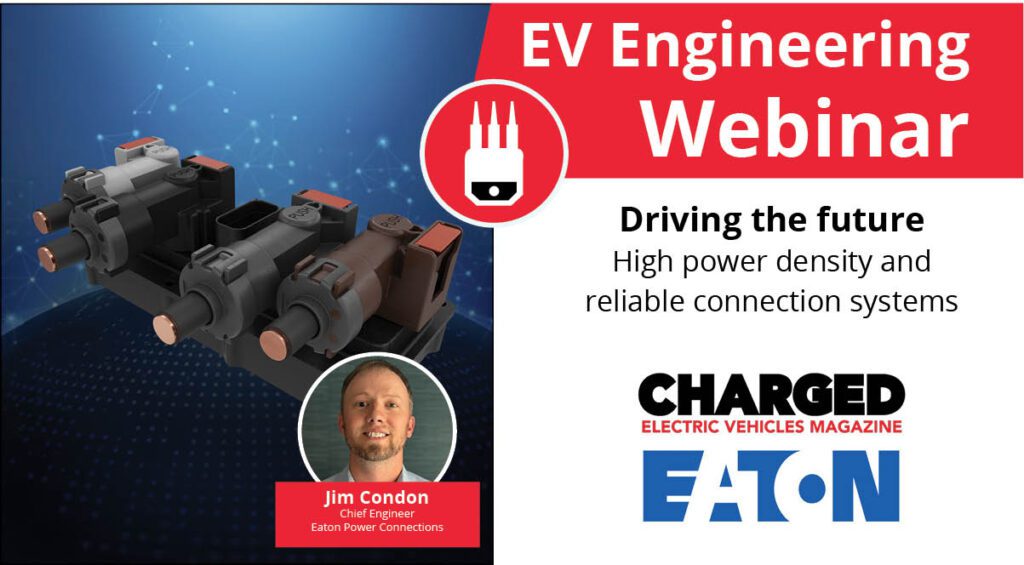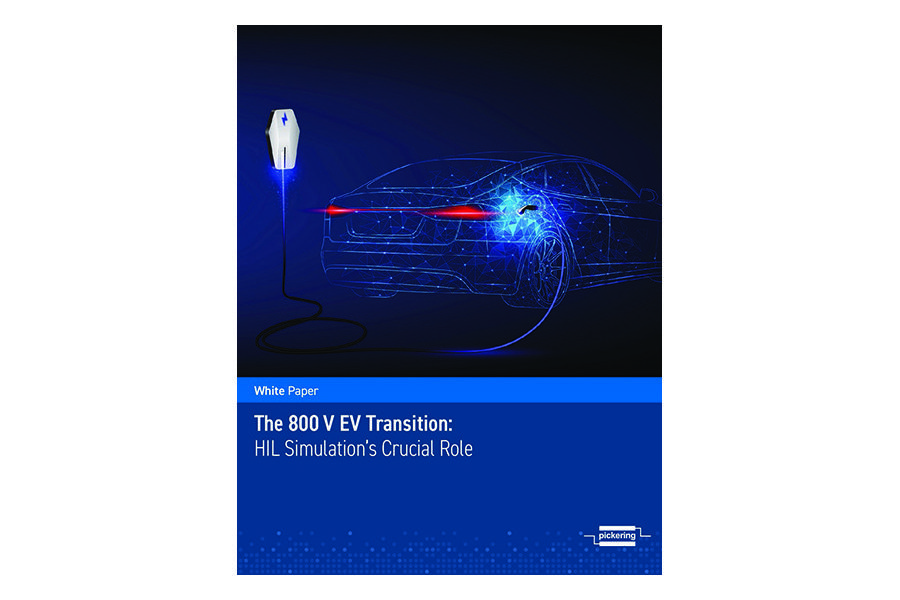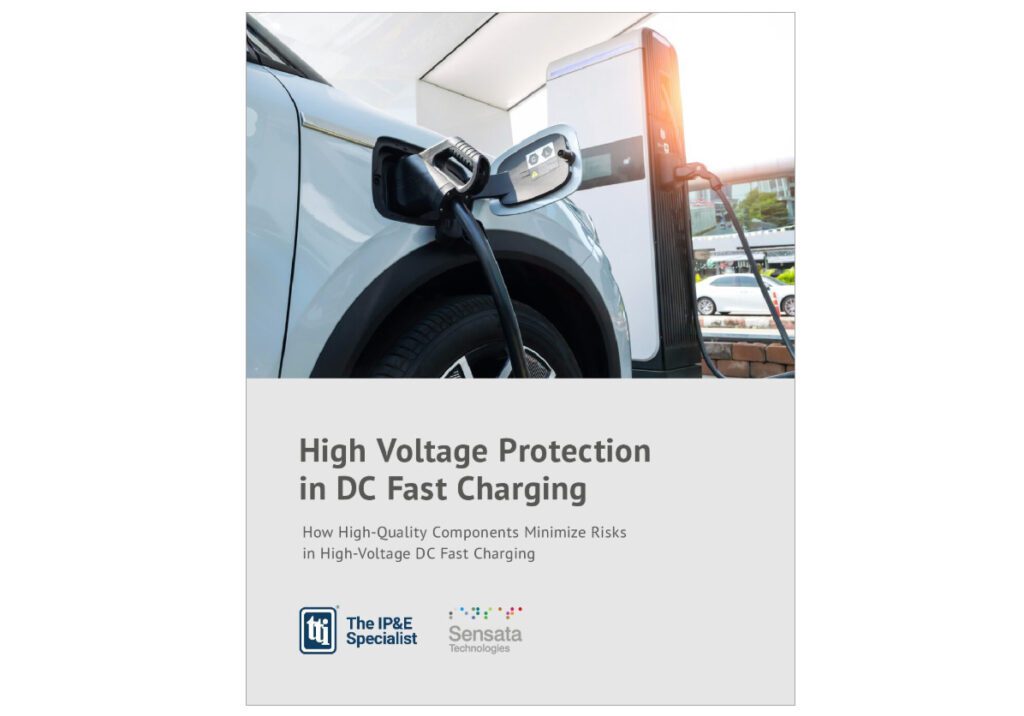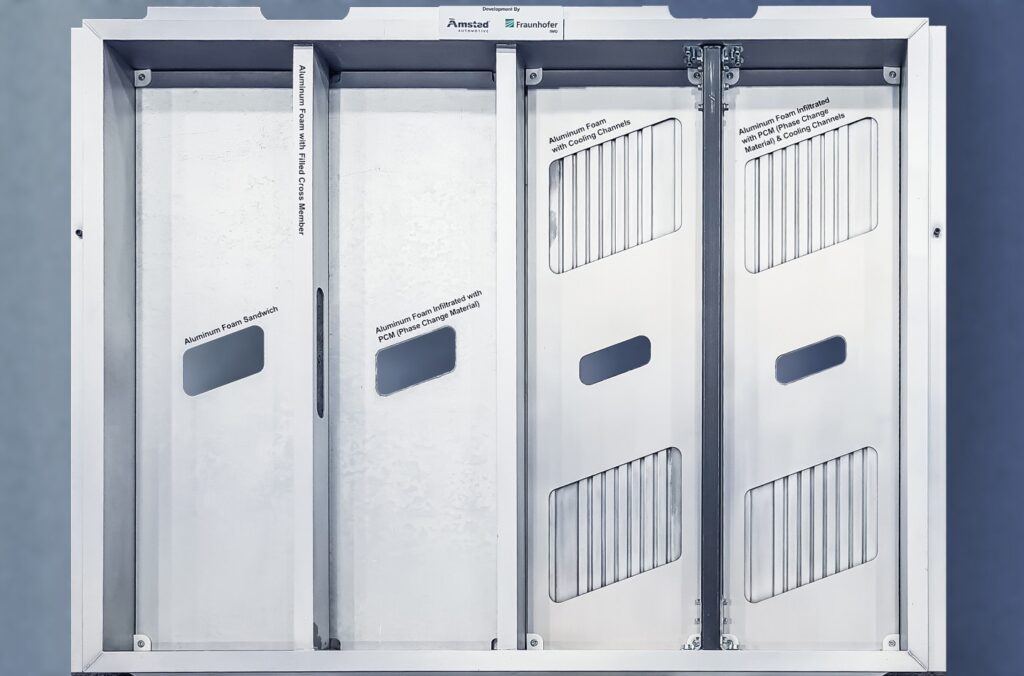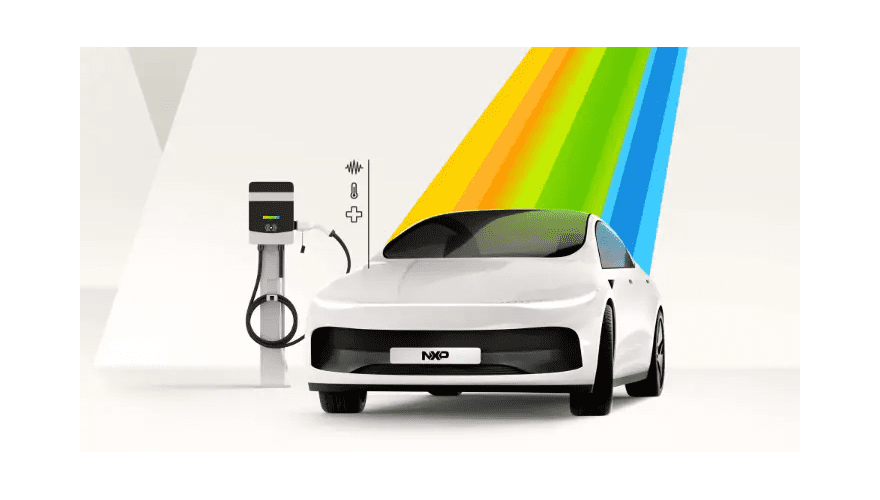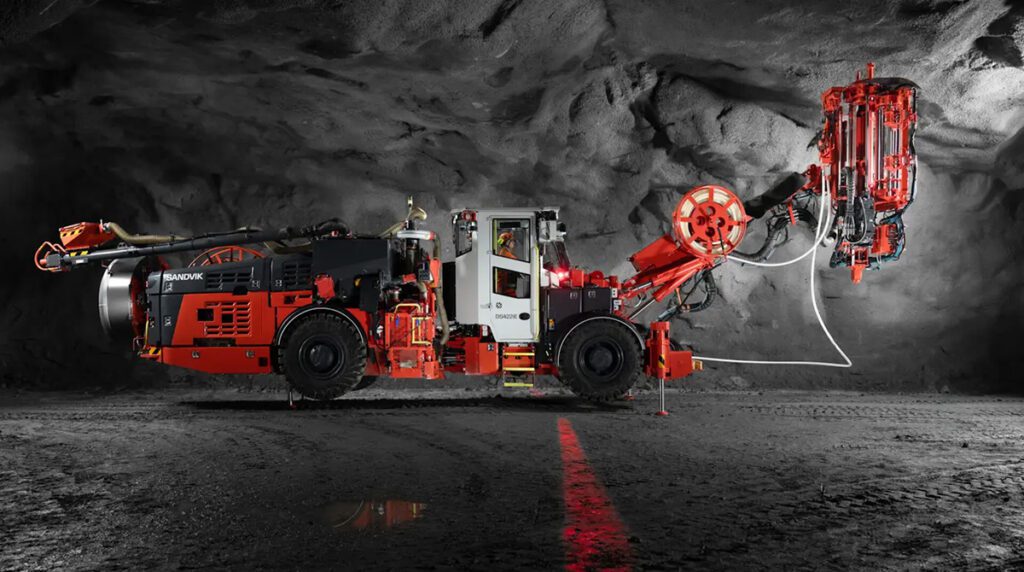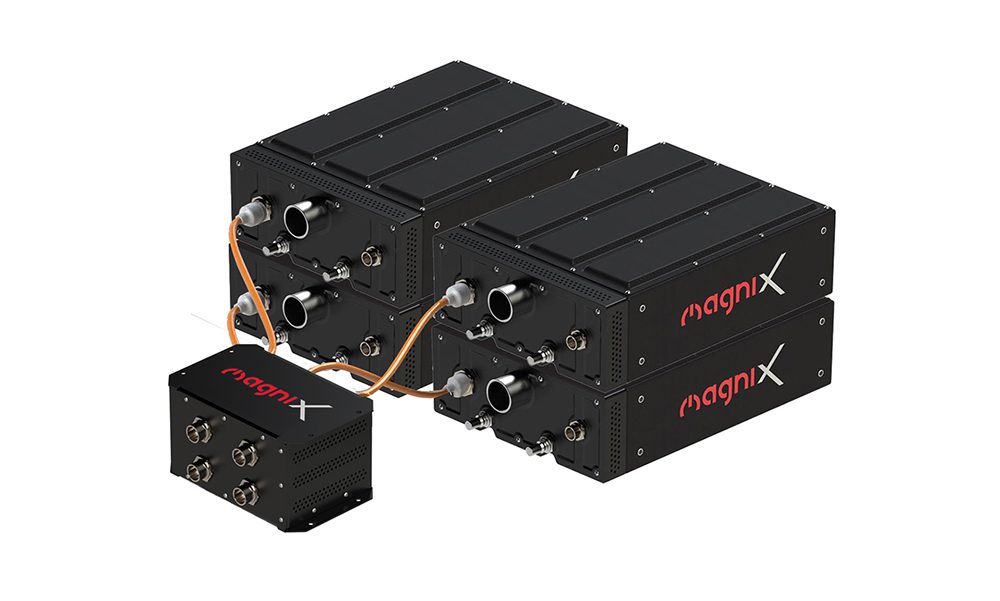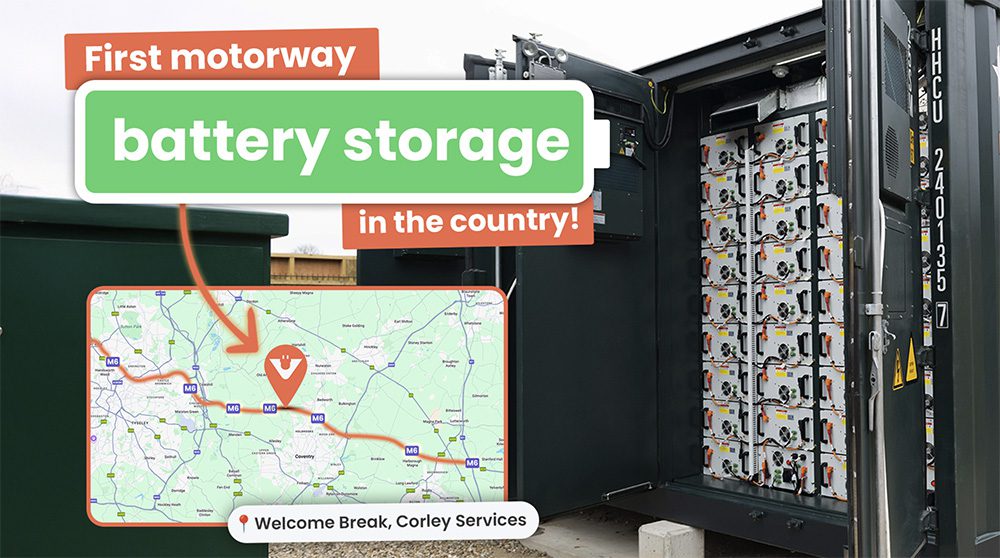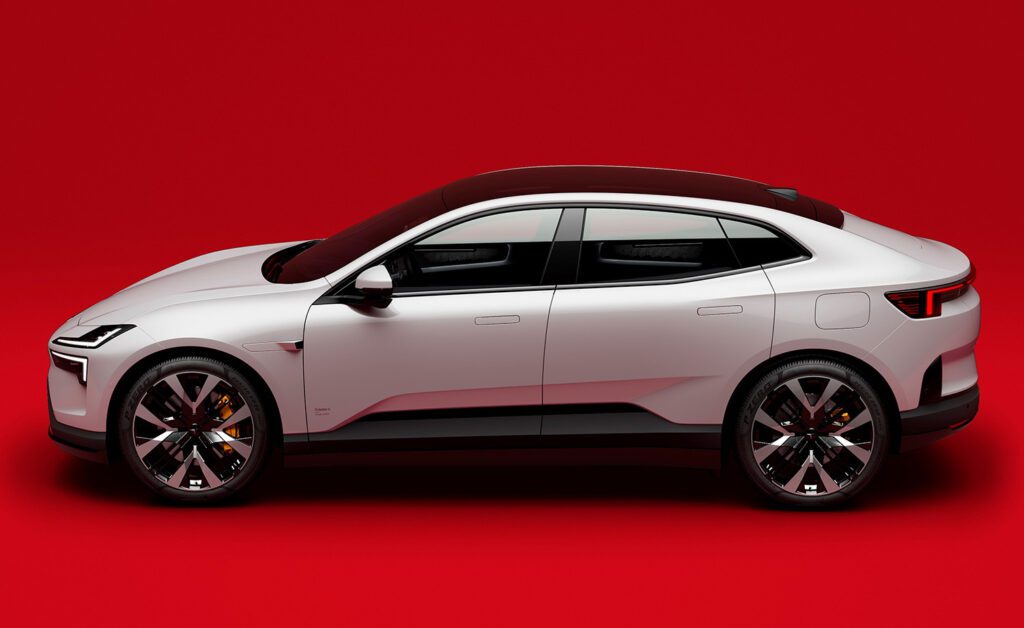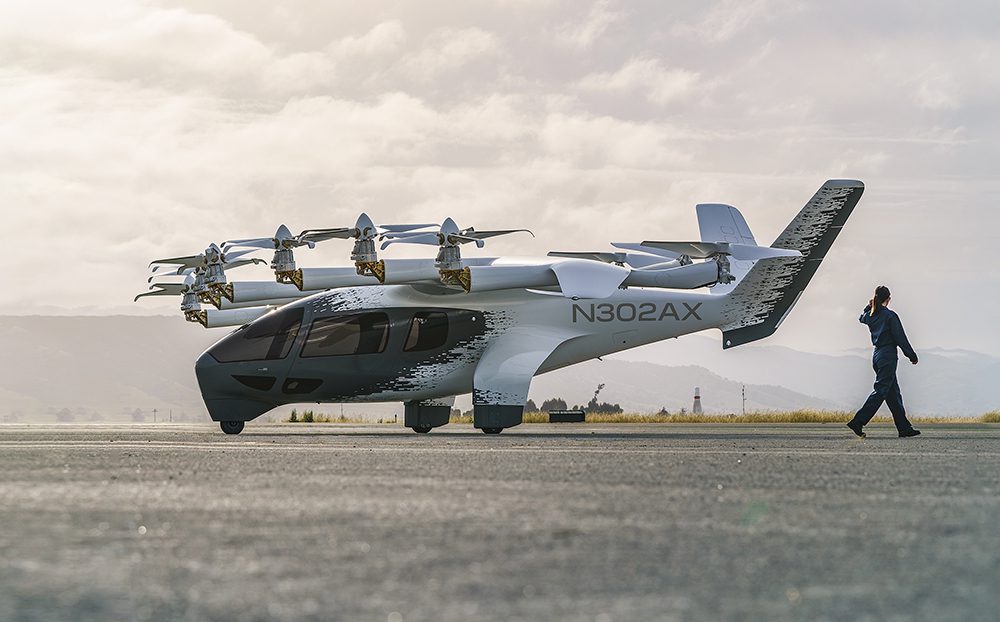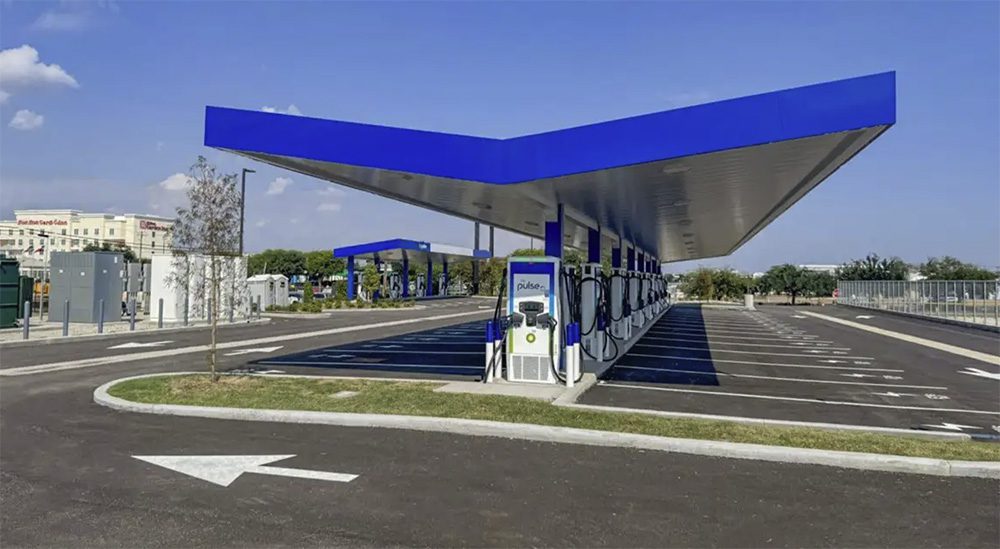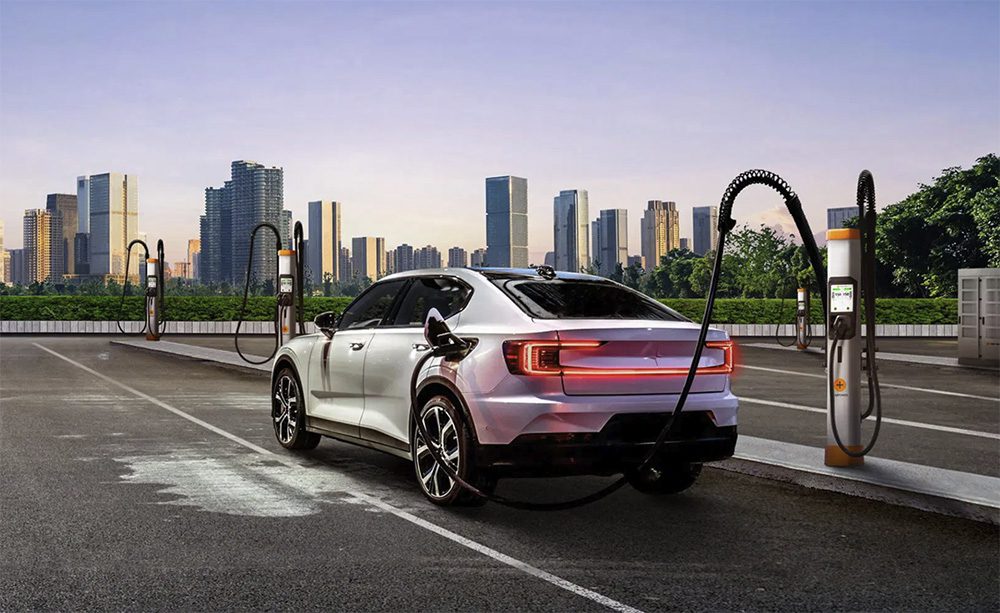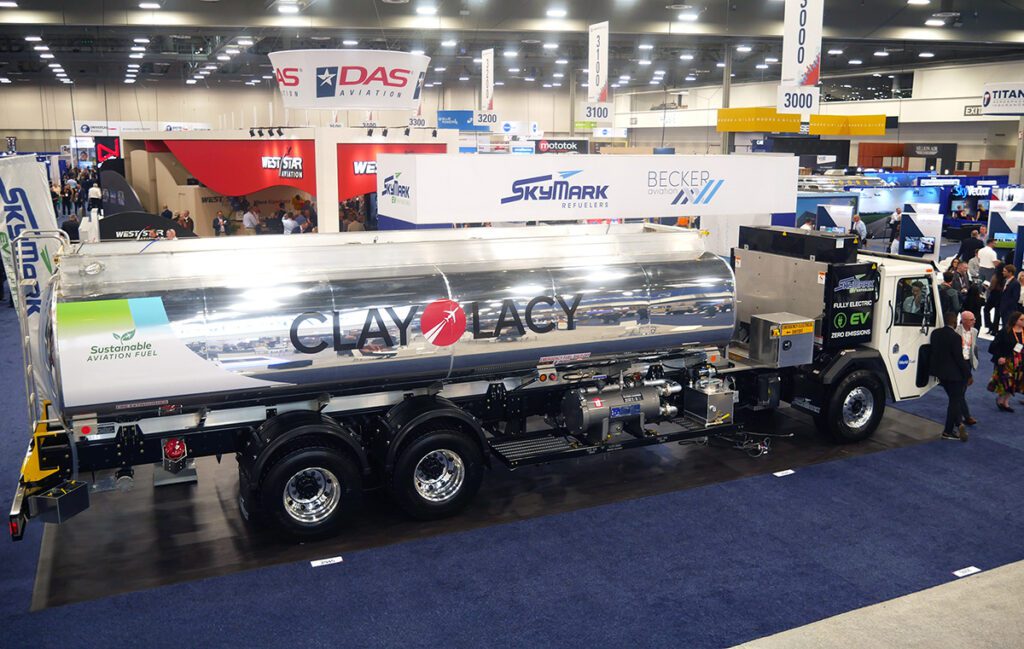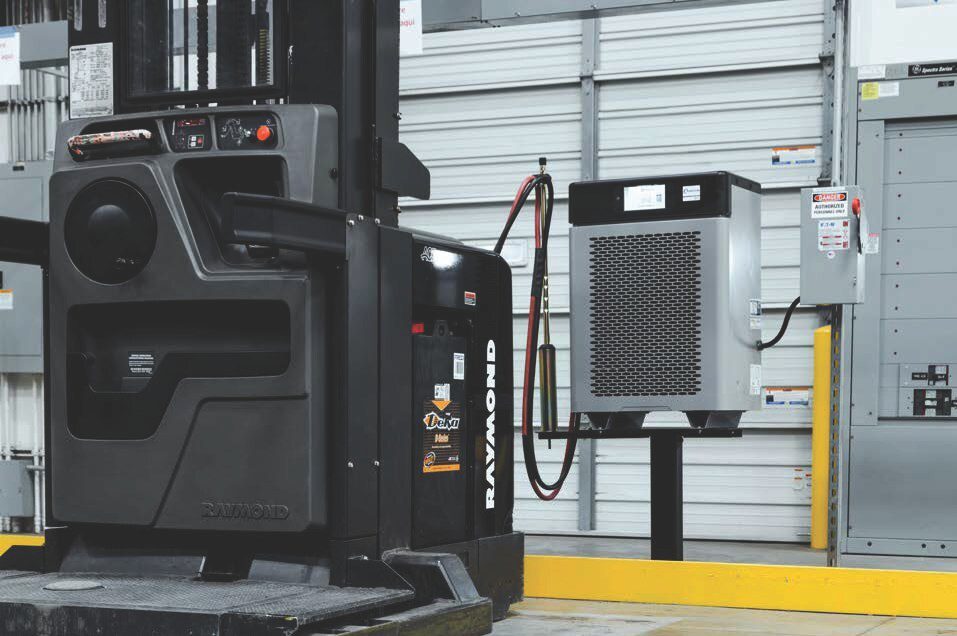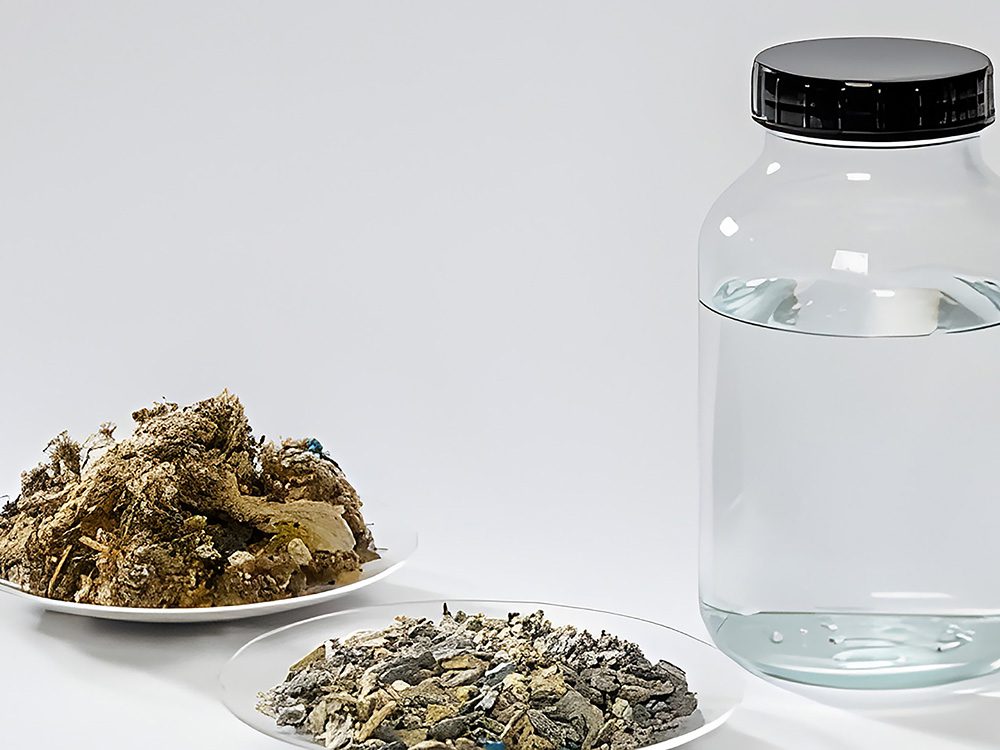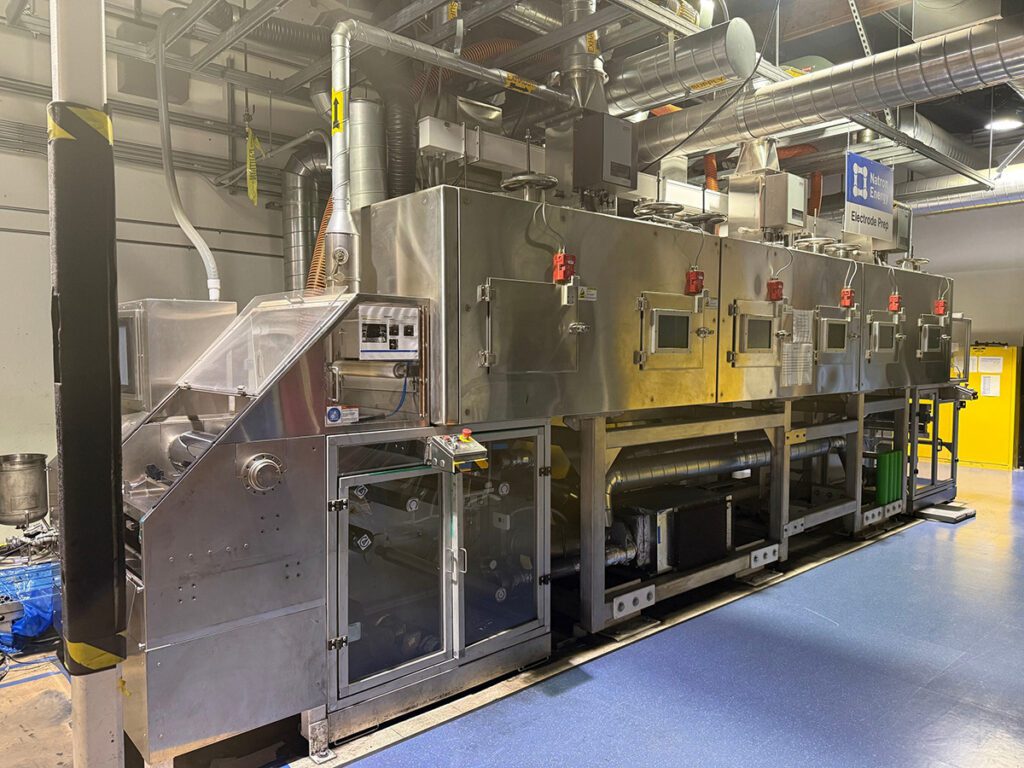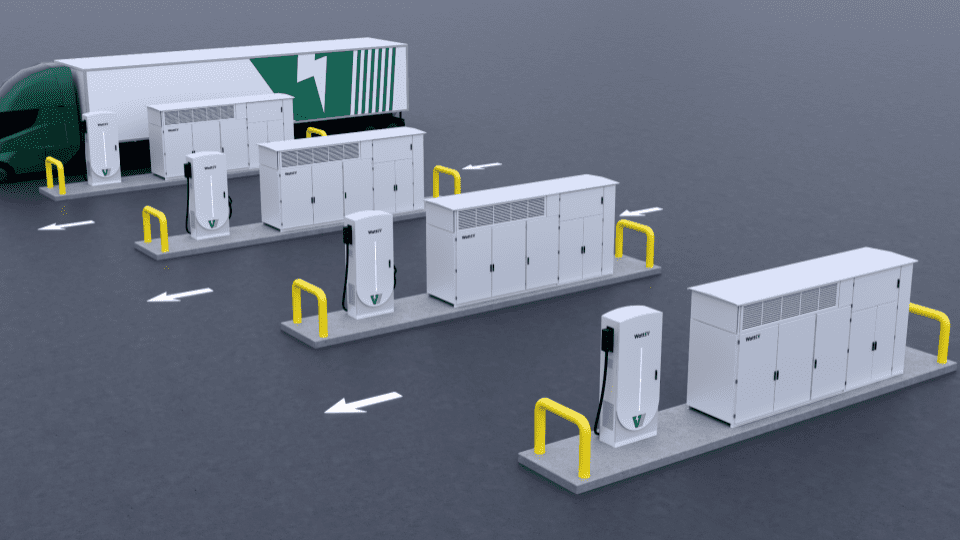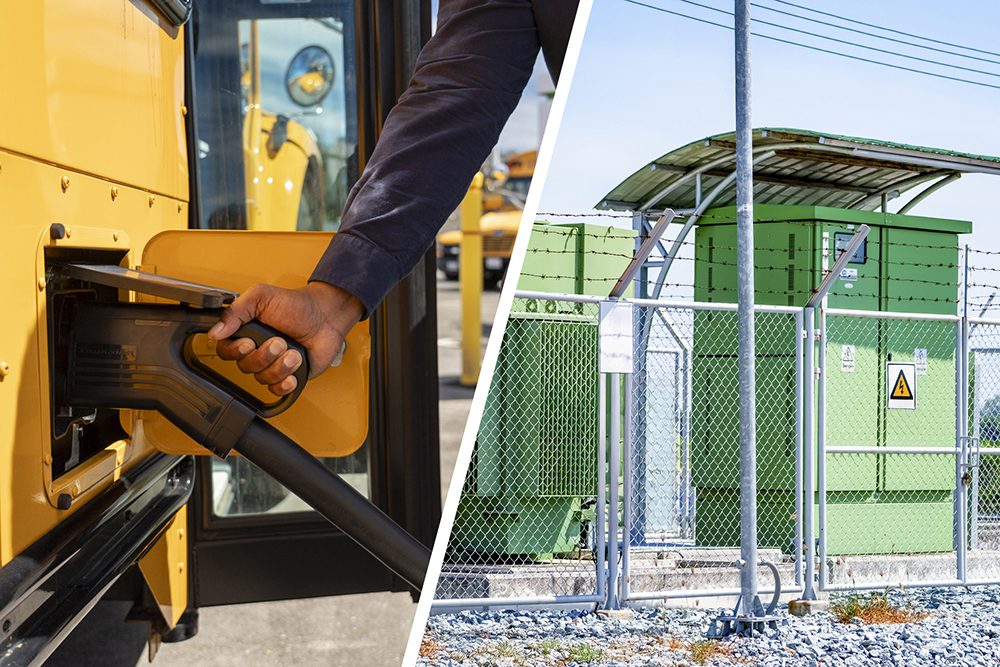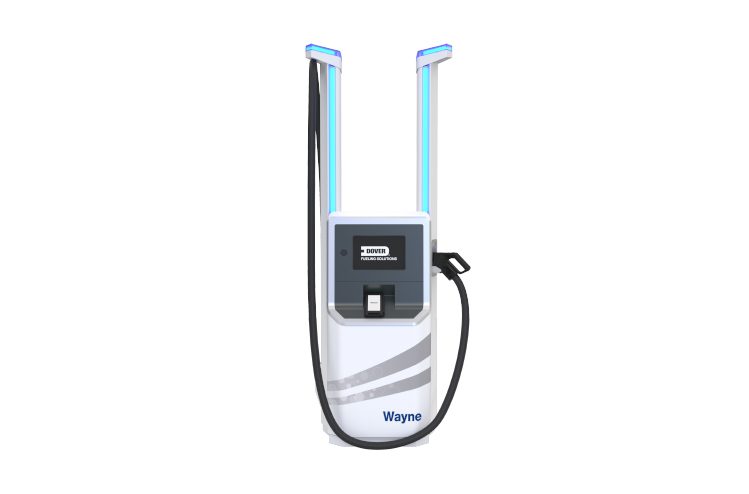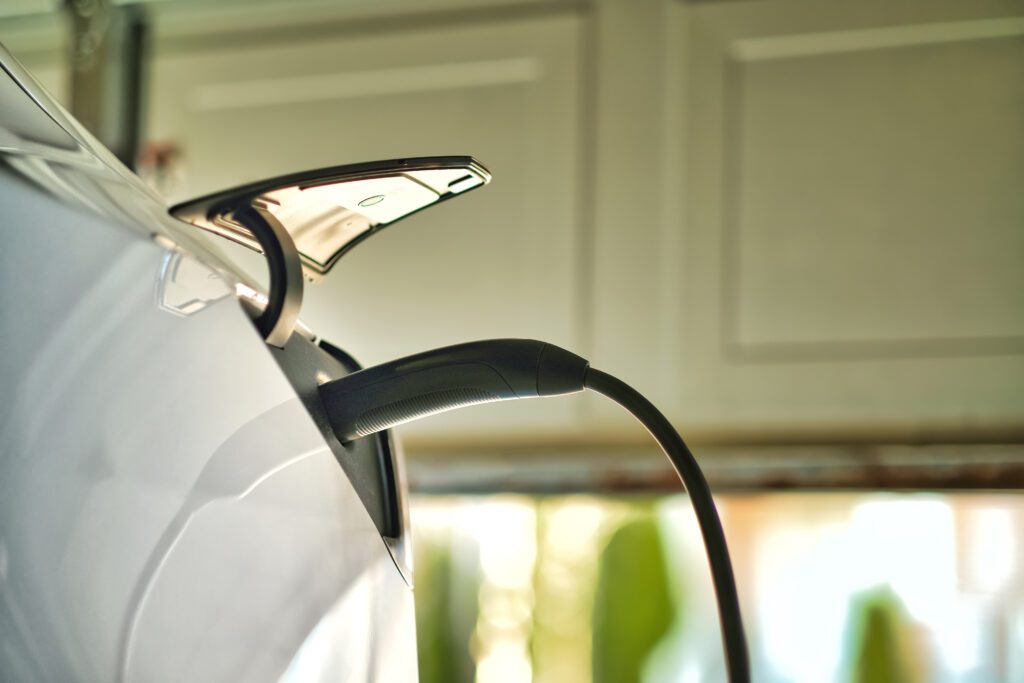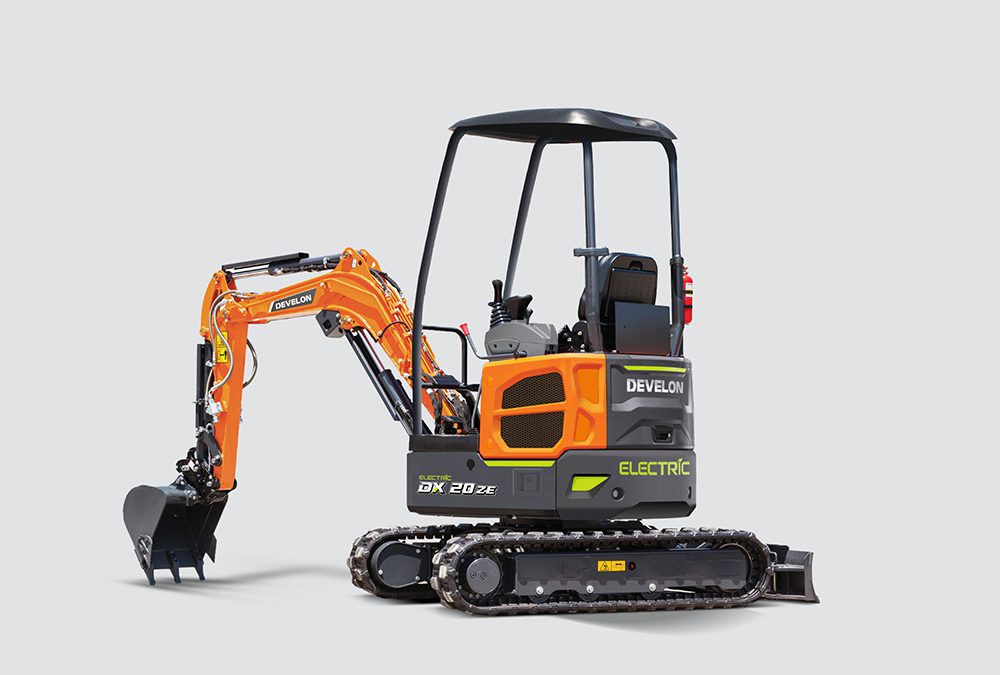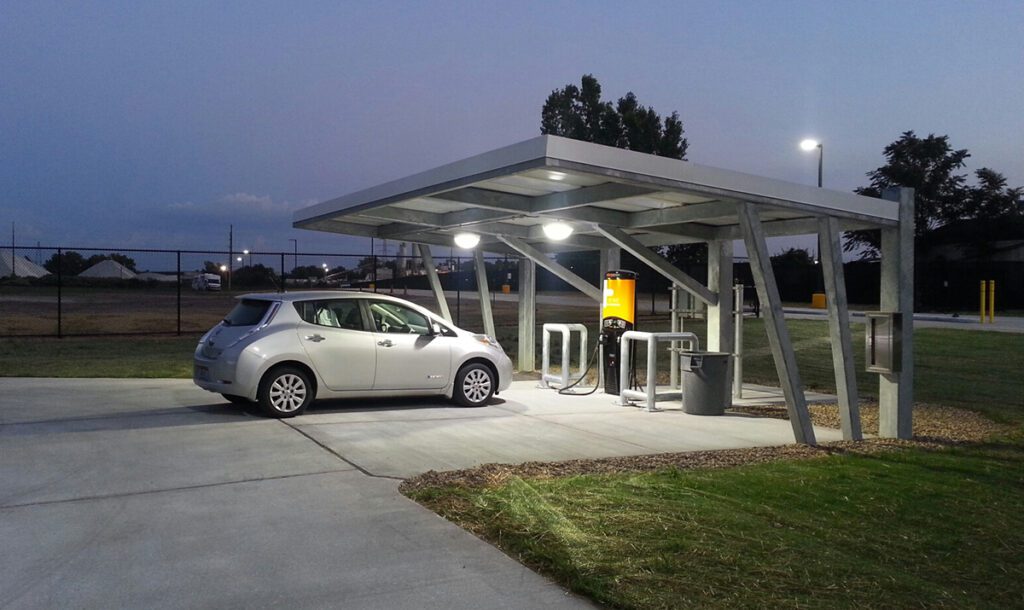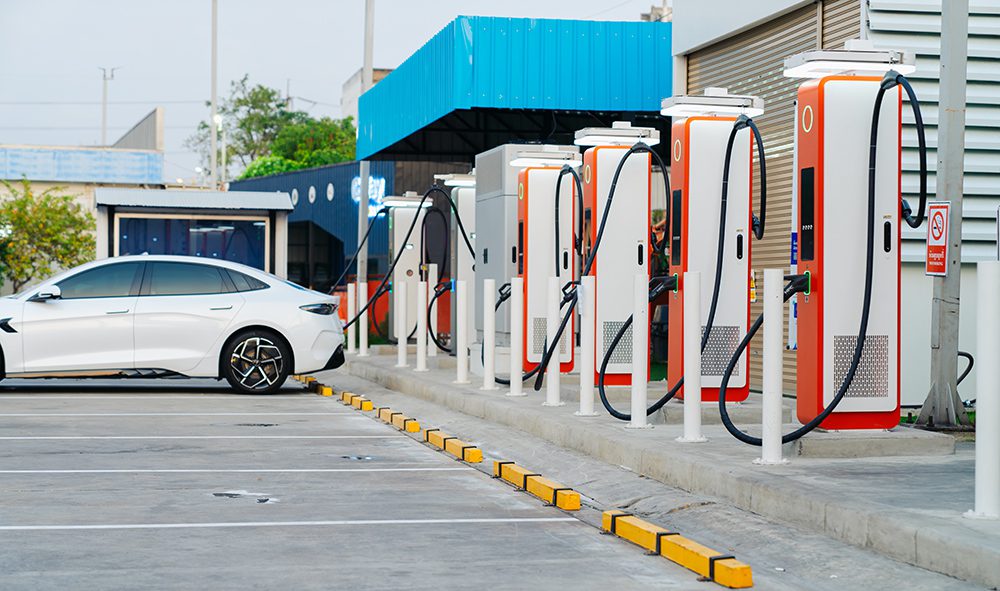According to Adamas Intelligence, 493,472 tons of graphite were deployed globally in the batteries of all newly marketed passenger EVs and hybrids from January to October 2023, up 45% or 153,034 tons from the same period in 2022. Over the same period, passenger EV unit sales rose 33% and sales-weighted average battery capacity in kWh rose 9%.
In terms of battery chemistries, LFP led the pack from January to October last year, driving 175,576 tons of graphite onto highways worldwide, up 54% from 2022, taking 36% of the EV battery market by graphite units deployed, up from 33% earlier. In second place, nickel-cobalt-manganese (NCM) 5-Series cathode chemistries (containing at least 50% nickel) accounted for 94,897 tons of graphite globally, up 33% year over year, achieving 19% market share, down from 21% the year before. NCM 8-Series (~80%-plus nickel content) ranked third in 2023, deploying 92,366 tons (19% market share) of graphite in the first 10 months, up 53% from the previous year. NCM 7-Series and NCM 6-Series followed with 39,543 tons and 39,137 tons, respectively.
NCM 6-Series edged out NCA-powered (nickel-cobalt-aluminum) batteries for the fifth spot through the first 10 months of last year, the latter of which accounted for 33,552 tons of graphite deployed onto roads during the same period.
“The average BEV’s battery capacity has also risen steadily—up 8% year-over-year versus the first ten months of 2022—further increasing graphite use per average EV,” the research firm stated.
Source: Adamas Intelligence

